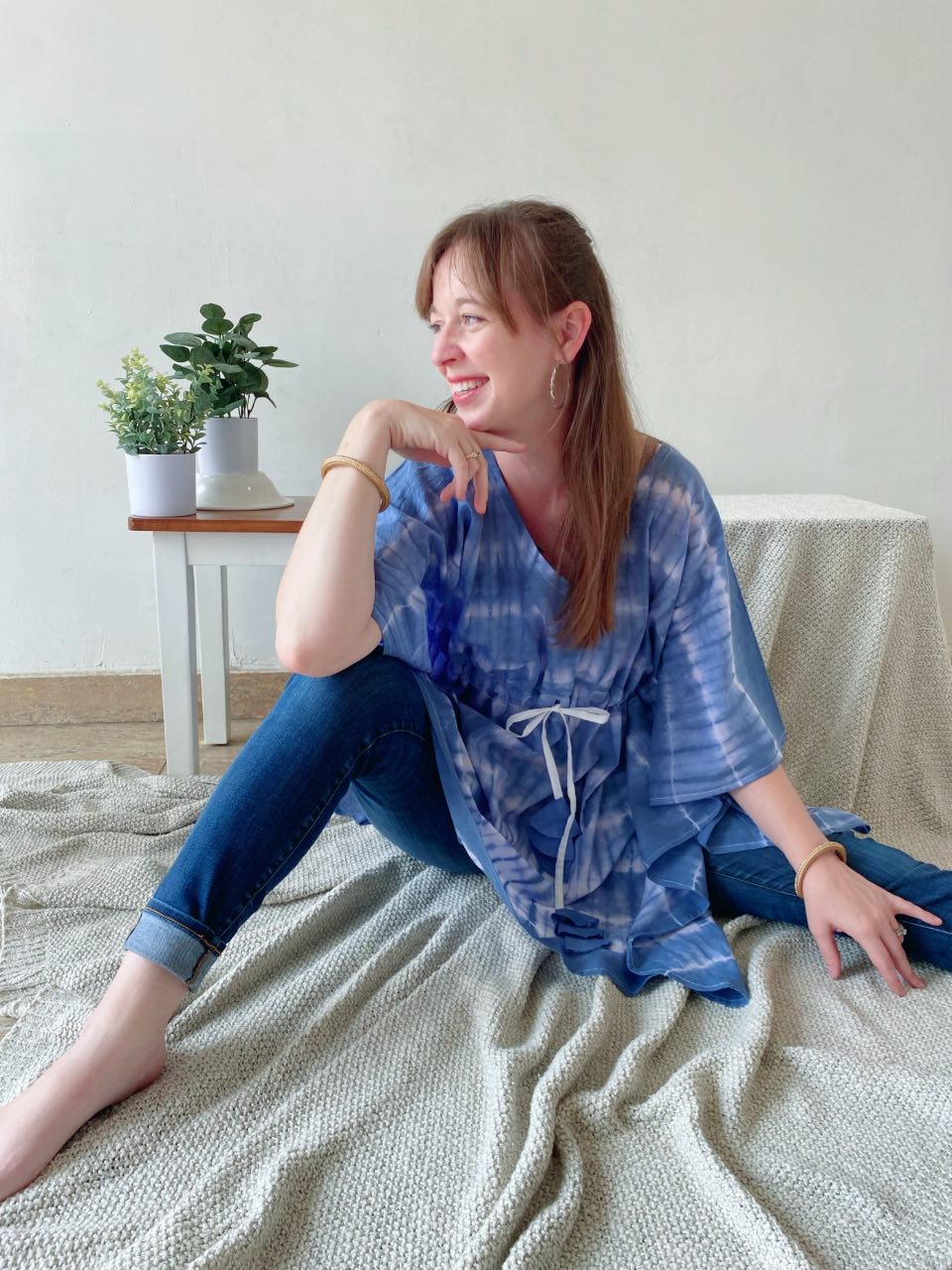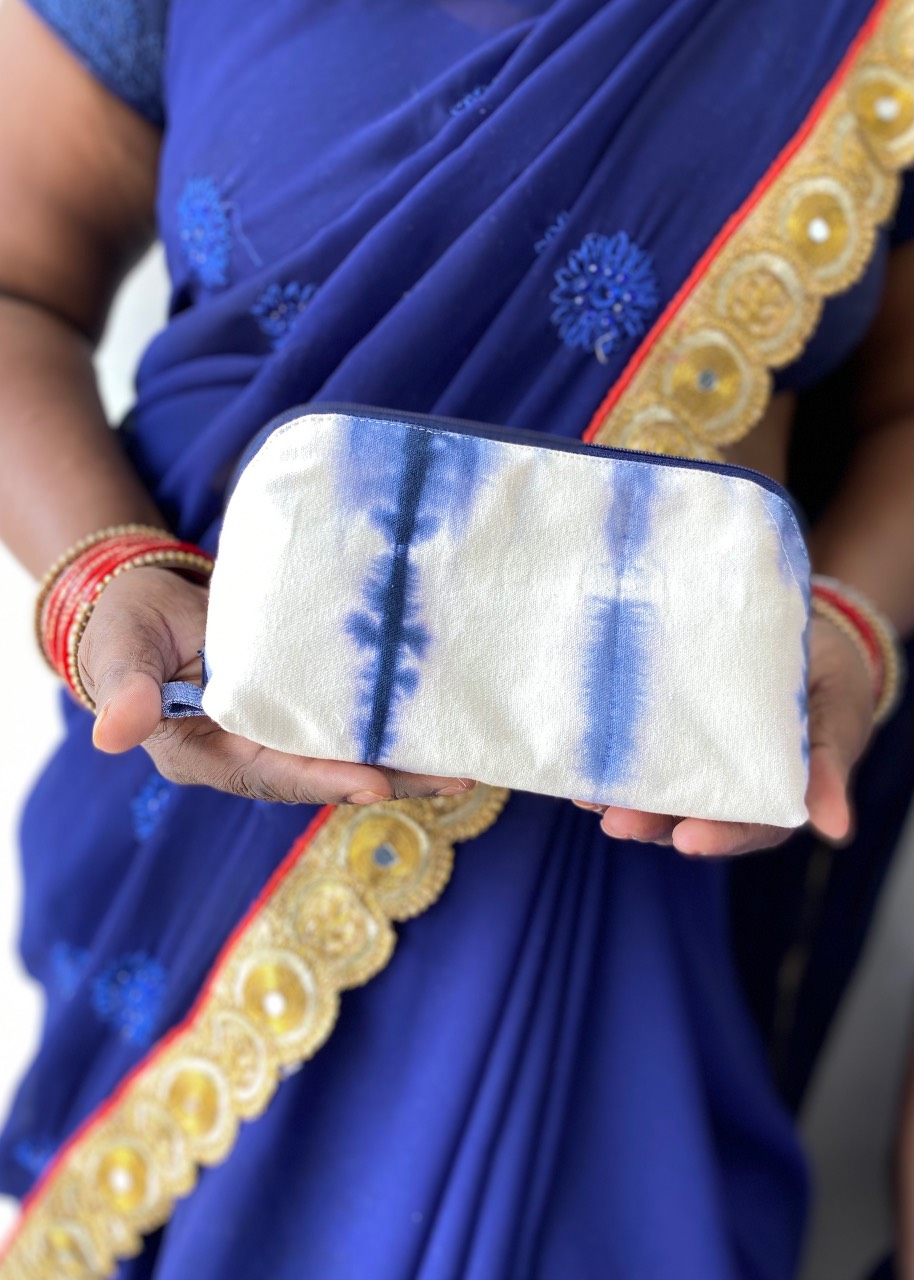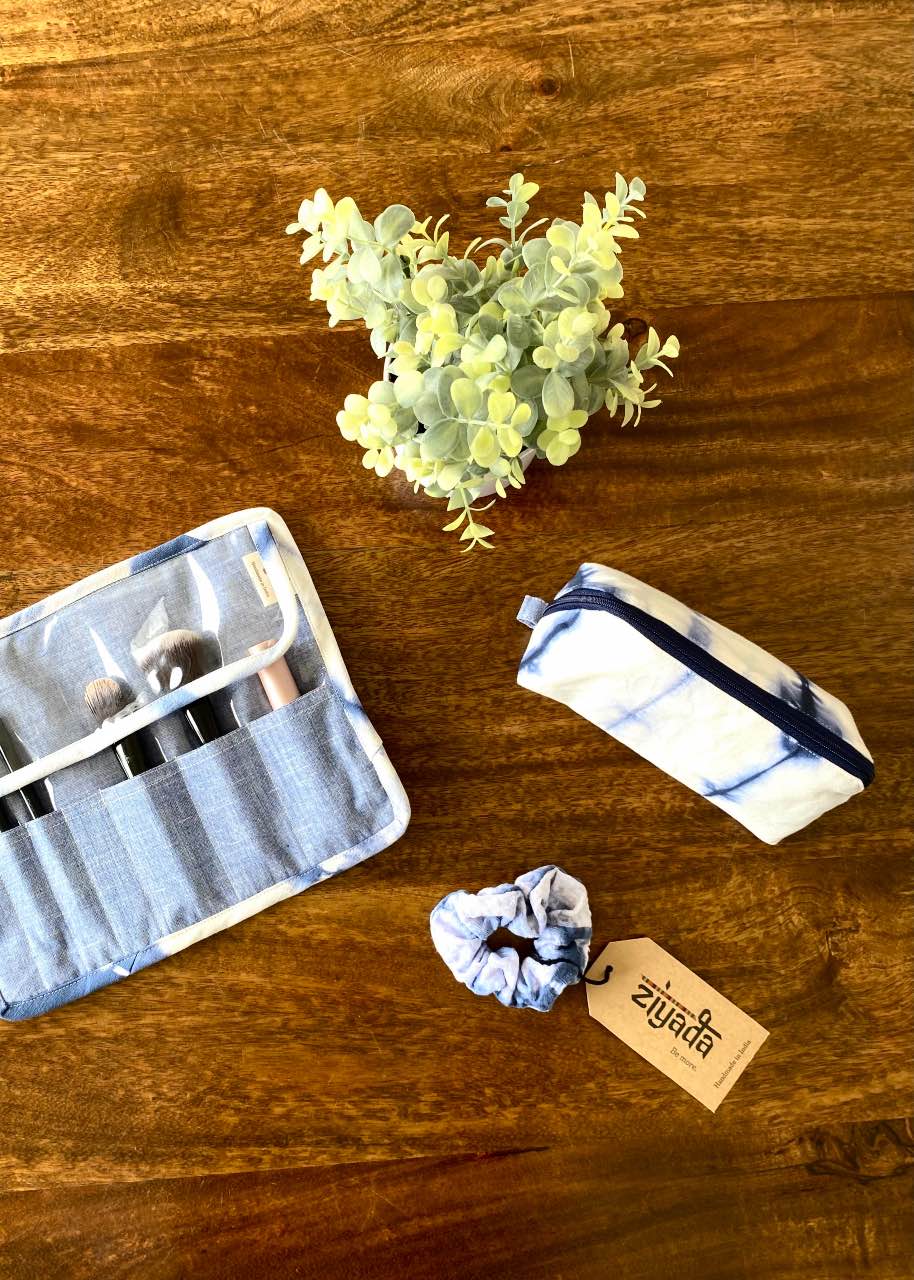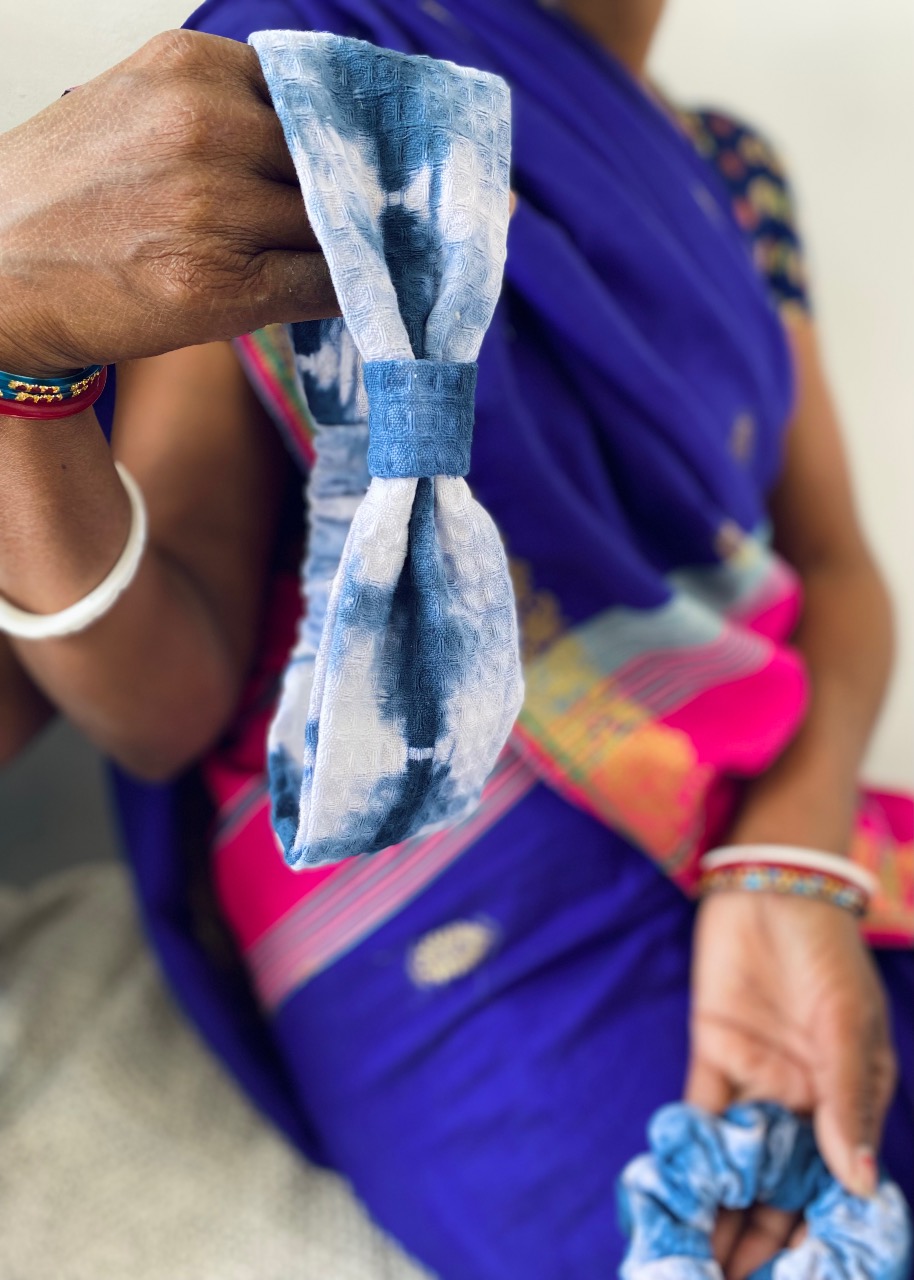Featured Products
The Shibori Story
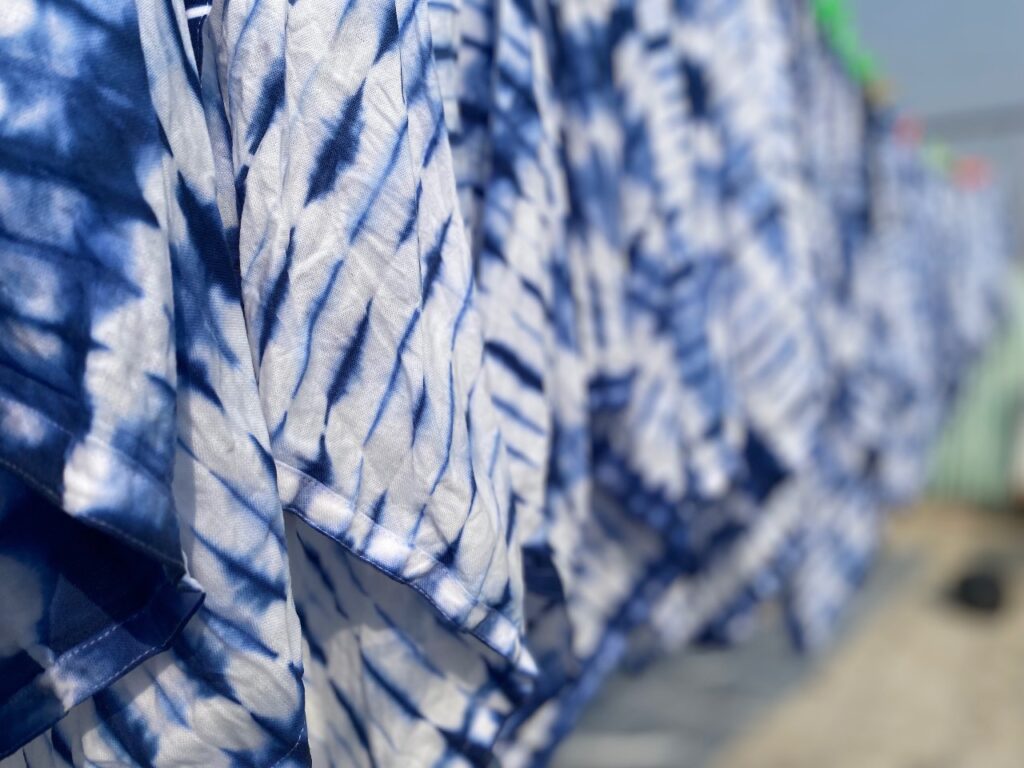
The word “Shibori” comes from the Japanese verb shiboru, meaning to wring, squeeze and press. Literature Nobel Laureate, Rabindranath Tagore, famous for his passion for reviving and reinventing the traditional arts of India, first introduced the shibori dying technique to the Indian subcontinent. Today, most Indian shibori artisans use a simple rope-tie resist technique, where rope binds bundles of folded fabric to create specific geometric patterns. Part of the allure of the shibori technique is that, although it is an incredibly meticulous process, there is always an element of surprise. No two finished pieces are exactly alike and there is no way to precisely predict the final outcome of the cloth once it has been submerged in the vat of indigo dye. The intensity of color, the mesmerizing, almost wave-like patterns, and hues combine to bring each unique piece to life!
The Process

To create the Ziyada Shibori Collection, our team followed the centuries old tradition of carefully folding, tying, dyeing, and rinsing each piece of cotton fabric. For some of the products, like the robes, kaftans and napkins, we first cut and stitched the pieces. Then, we folded and tied each individual product before dyeing. For around 400 pieces, the folding took 30 hours and the dying process took another 36 hours. After dyeing, each piece was hand washed, line dried, ironed, and packed.

The Meaning
For us, the entire process is an artistic expression of resilience and growth in adversity. The pressing, wringing and squeezing of the fabric ends in stunningly beautiful shibori patterns. In the same way, with a loving community and the right support, the pressing, wringing, and squeezing of life can lead us into growth, deeper empathy, purpose, and determination—a truth that shines through the lives of each unique, beautiful member of our team. Each product in this line was created with so much care and attention to detail, and the results really are stunning! Click here to check out all of the shibori products.
